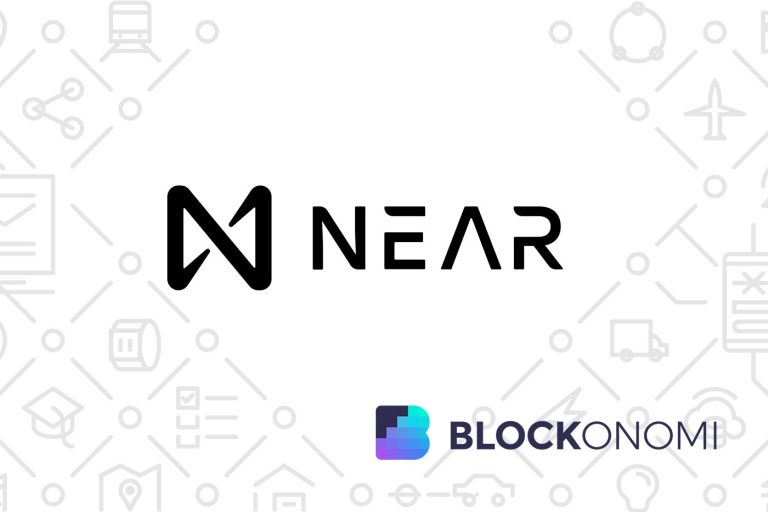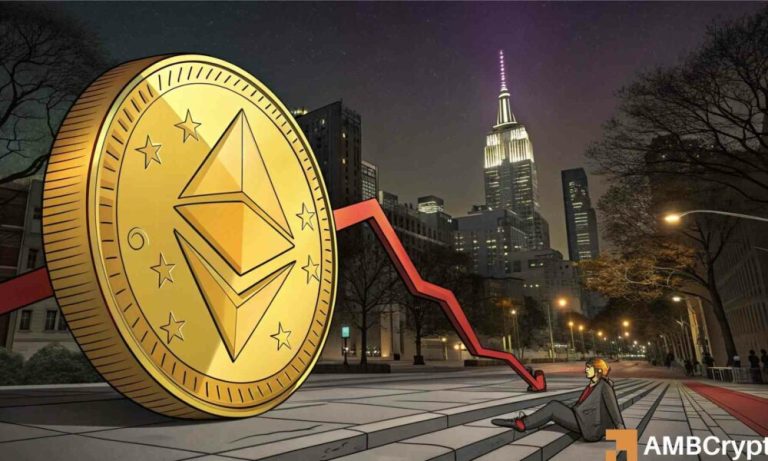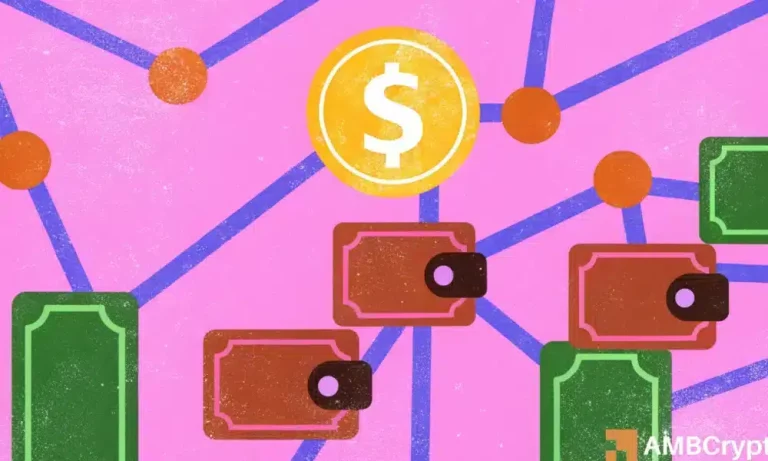Time for a Web3 Reality Check: What’s Really Happening with Altcoins?
The term Web3 has become a buzzword in the cryptocurrency world, promising a decentralized digital future. Yet, a closer look at the performance of specific altcoins and decentralized applications (DApps) reveals a mixed picture. Are these sectors truly delivering on their promises? Let’s dive into the data and trends shaping the Web3 ecosystem today.
Web3 Daily Activity: A Steady Performance with Emerging Trends
According to DappRadar’s Q2 2025 report, daily wallet activity in the Web3 space remains stable, with 24 million active wallets. However, the composition of activity has shifted significantly. Crypto gaming, the dominant category, now commands 20% of the market—a decline from previous quarters. Meanwhile, DeFi (Decentralized Finance) has also decreased its market share, slipping from over 26% to below 19%.
On the rise are social and AI-related DApps. Farcaster is leading the charge in social DApps, attracting approximately 40,000 daily unique active wallets (UAW). Similarly, AI-based protocols like Virtuals Protocol (VIRTUAL) are emerging, though still in their infancy, pulling in 1,900 weekly UAW. These shifts point to an evolving Web3 ecosystem that is branching out beyond its historical heavyweights.
DeFi Dominance Yet User Decline
Despite its shrinking user base, DeFi remains a juggernaut in transaction activities, generating over 240 million transactions weekly—more than any other Web3 category. This paradox can be attributed to the growing institutional presence in the DeFi space. Platforms like Maple Finance (SYROP)—known for its partnerships with investment banks—are driving this trend by introducing permissioned liquidity pools. Capital is increasingly concentrated in a smaller number of large wallets, signaling a transition toward institutionalized DeFi.
Moreover, automation services provided by platforms like Lido (LIDO) and EigenLayer further reduce the need for individual user activity. These services aim to make DeFi more efficient and scalable, particularly for larger investors seeking significant yield generation.
Rising Stars: Real-World Asset Tokenization and Other Innovations
Emerging sectors such as real-world asset tokenization (RWA) and decentralized physical infrastructure (DePIN) are creating waves in the Web3 sphere. The value of RWA tokens alone has surged from $15.8 billion in early 2024 to $25.4 billion in 2025, with over 346,000 token holders.
Ethereum’s gas consumption further exemplifies this sectoral shift. While DeFi now only accounts for 11% of Ethereum’s gas usage, the “Other” category, which includes RWA, AI, and DePIN applications, has soared to over 58%. This highlights where the ecosystem’s economic and computational activity is moving.
For instance, platforms like Ondo Finance are gaining traction by enabling tokenized treasuries, which appeal to both institutions and retail investors seeking real-world utility through blockchain technology.
The Investment Landscape: Winners and Losers
Not all sectors are thriving equally. Infrastructure-related tokens, such as smart contract platform coins, have seen significant price growth, with the top 10 gaining an average of 142% year-on-year. Tokens like HBAR (+360%) and XLM (+334%) led the way, signaling investor confidence in the foundational layers of Web3.
DeFi tokens have also performed well. For example, Curve DAO (CRV) and Pendle (PENDLE) achieved gains of 308% and 110% respectively over the past year. However, hype-driven sectors such as AI and DePIN have failed to convert narrative strength into meaningful returns, with their top projects averaging only 10% growth or less.
Gaming tokens and social tokens have similarly struggled, highlighting the importance of tangible utility and adoption over mere speculation. For investors seeking solid returns, yield-focused sectors and infrastructure coins appear to be safer bets within today’s volatile market.
Looking Ahead: The Future of Web3 and Altcoins
As Web3 continues to evolve, the gap between narrative and actual performance may gradually close. For now, however, the most successful sectors are those delivering tangible utility and adoption, such as DeFi and RWA. Emerging areas like AI and decentralized social applications still have considerable ground to cover to match the performance of more mature categories.
Want to explore the power of blockchain infrastructure for yourself? Consider products like Ledger, a secure hardware wallet to manage your growing collection of cryptocurrencies.
Stay tuned as the Web3 ecosystem matures, delivering new opportunities while reshaping the digital economy.



